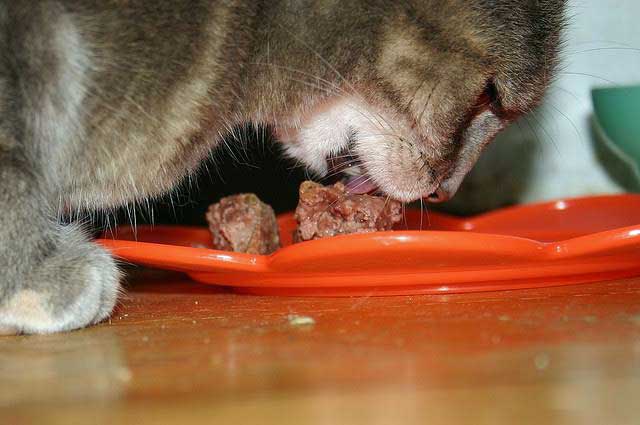By Jo Singer
This blog is a follow up to Michael Broad’s recent article. I am pretty sure that reading about the ingredients found in commercial pet food isn’t one of the “sexiest” topics for our readers. It is probably not controversial enough to get our blood boiling or our passion ignited.

But as far as I am concerned after I learned more about the deceptive practices occurring in the commercial pet food industry and learning about the ingredients that pet food manufactures legally fail to disclose on their product labels, to say that I was both dismayed and highly concerned would be a huge understatement. What you will learn about the pet food industry should get all caring pet parents extremely angry and worried.
We feed these products to our beloved pets. We trust them to keep our pets healthy. But in order to do so we must become aware of the outrageous but legal omissions on the product labels and then take action to ensure the safety of the food we serve our pets.
The fact of the matter is that what is presently going on in the pet food industry is truly frightening.
Are you certain about the quality of ingredients in the pet food you buy? More than likely most folks don’t fully realize what ingredients are contained in pet foods. This lack of information is the result of having no requirements for pet food manufacturers to identify on their pet food labels and the quality of those ingredients.
I was shocked and sickened while reading Susan Thixton’s recent article in which she disclosed what the FDA is allowing in the manufacturing of commercial pet food According to Thixton, the FDA is allowing pet food to be manufactured from decomposing, spoiled meat products and rotten, moldy vegetables. Although the FDA also allows the same high quality meat and vegetables that we humans consume, what makes this even more disturbing is that the FDA does not mandate pet food manufacturers to disclose precisely what types of ingredients are contained in their products to consumers.
These labeling omissions allowed by the FDA permit pet food manufacturers to be able to do things that the pharmaceutical, alcohol, tobacco and other highly regulated industries cannot. Lacking the same high degree of regulations found in many industries makes it extremely difficult for consumers to know precisely what food products are included in the cans or bags of pet food they are feeding. So how can consumers make fully informed decisions about purchasing brands of pet foods that are both safe and fully nutritious for their pets?
If it’s important to you that full disclosure of the all the contained ingredients in your pet’s food are fully listed, you can help. Take action now!
Sign Susan Thixton’s petition, on petitions to the FDA and the Association of Feed Control Officials (AFCCO).
It reads:
WE PETITION THE OBAMA ADMINISTRATION TO:
Require Pet Food Manufacturers to Disclose Quality of Ingredients
Some cat and dog foods are made from food ingredients, just like what you’d purchase in the grocery. Other cat and dog foods are made from an inferior quality of ingredients known in the pet food industry as feed grade, pet grade, or inedible ingredients.
Feed grade, pet grade or inedible ingredient pet foods are allowed by FDA to be made from (not all inclusive): Meat sourced from diseased, dead, or dying animals; chemical or pesticide contaminated vegetables, grains, fruits.
Pet food consumers are NOT provided with information on the pet food bag or can disclosing if ingredients are food grade or inedible feed grade/pet grade quality.
Pet food consumers deserve to know what they are buying. FDA should require pet food to disclose quality of ingredients on labels.
Once you sign the petition you will be asked to verify your “signature”. The link will be sent you in an email. After your verification is received you will get a “thank you” acknowledgment email.
For further information watch the video uploaded to YouTube by Susan Thixton.
Why do you think the US governmental regulatory agencies continue to permit disgusting and dangerous ingredients in our pet foods? Share your thoughts in a comment.


We can’t be sure what’s in there, Jo. Like you said, we only know what they tell us. I’ve always been very careful, I stay away from cat food with ‘meat by-products’ and ‘ground corn meal.’ I admit I don’t know for certain what’s in the food I’ve fed my animals. I have no faith in the FDA. Those folks think it’s okay for human grade food to have tumors. I’ve given up on them long ago.